How Global Supply Chain Disruptions Impact Procurement & Effective Strategies Used by Global Giants to Navigate Them
Global supply chains in 2024 face numerous challenges, significantly impacting procurement strategies. Various factors, from geopolitical tensions to natural disasters, are disrupting traditional trade routes, forcing companies to adapt quickly to maintain operational continuity.
Geopolitical Conflicts
One of the most pressing issues is the impact of geopolitical conflicts, particularly the war in Palestine. This conflict has disrupted trade lines through the Red Sea and the Suez Canal, a critical chokepoint for global trade. The Houthis' attacks on cargo ships have reduced container ship traffic through this route by 75%. Major shipping lines, including Maersk and Evergreen, have redirected their vessels around the Cape of Good Hope, adding significant time and cost to their journeys. Additionally, the ongoing tensions between the US and China continue to impact the electronics industry. Tariffs and regulatory bans have forced companies like Apple to diversify their production locations, moving some operations to Vietnam and India to mitigate risks.
Natural Disasters and Climate Change
Natural disasters and climate change are also major disruptors. The severe drought affecting the Panama Canal has reduced its daily usage by 40%, forcing shipping companies to seek alternative routes, further increasing transportation costs and delays. This has had a ripple effect on industries reliant on just-in-time inventory systems, causing significant delays and increased costs.
Technological Advancements and Cybersecurity Threats
Technological advancements are both a boon and a challenge for global supply chains. While digital procurement platforms and predictive analytics provide greater visibility and efficiency, they also present new cybersecurity risks. For instance, the cyberattack on Colonial Pipeline in 2021 highlighted vulnerabilities in critical infrastructure, prompting companies to invest heavily in cybersecurity measures. Siemens, for example, has integrated advanced data analytics and AI to monitor supplier performance and predict disruptions, enhancing their ability to respond swiftly.
Sustainability and Ethical Sourcing
Sustainability and ethical sourcing are increasingly critical in procurement. Companies like Unilever and IKEA have integrated sustainability into their procurement strategies, focusing on sourcing raw materials sustainably and ensuring fair labour practices. Unilever's Sustainable Living Plan and IKEA's commitment to sourcing all wood, paper, and cardboard from sustainable sources by 2020 have set benchmarks in the industry. These initiatives not only reduce environmental impact but also enhance supply chain resilience and brand reputation.
Labor Shortages and Rising Costs
Labor shortages and rising costs are additional challenges. The pandemic-induced labour shortages have persisted, affecting various sectors, including logistics and manufacturing. Companies are increasingly investing in automation and robotics to mitigate these challenges. Amazon's extensive use of robotics in its fulfilment centres is a prime example of how automation can enhance efficiency and reduce dependency on human labour.
Mitigation Strategies
To navigate these disruptions, companies are adopting several strategies. Diversifying the supplier base is crucial to avoid over-reliance on single regions. For instance, the automotive industry, which faced severe disruptions due to semiconductor shortages, is now diversifying its supply chains. Toyota has implemented a multi-tier supplier network to ensure a steady supply of critical components.
Leveraging technology and data analytics is another critical strategy. Companies like Siemens and IBM use digital platforms to perform real-time data analysis, track supplier performance, and forecast demand, allowing them to respond swiftly to disruptions. Additionally, investing in local sourcing options and establishing strong relationships with multiple suppliers enhances supply chain flexibility and resilience.
In conclusion, procurement professionals must stay agile and informed to navigate the complex landscape of global supply chain disruptions in 2024. By adopting advanced technologies, diversifying supply bases, and integrating sustainability into their strategies, companies can mitigate risks and maintain operational continuity amidst these challenges.


